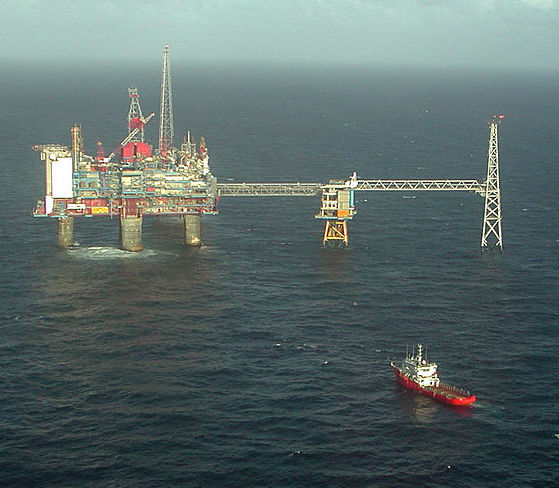Developments today threaten to deepen the gloom, both long- and short-term, around the global crisis affecting Britain’s gas prices:
- oil and gas regulator the OGA released new figures implying that, without new North Sea fields to develop, Britain’s fossil fuel output could ending soon after 2030
- Affecting demand for the coming winter, Chinese buyers are reported to be ramping up LNG purchases, further curtailing supplies to Europe.
In 2020, a year suppressed by lockdown, 30% of energy generation in Britain came from gas, including LNG, as reported by the government’s DUKES database. At 439 =TWh, ‘natural’ gas’ met around half of the country’s final energy needs.
As elsewhere reported, the OGA’s study of fossil fuel reserves released this week estimates UK reserves, both proven and probable – (“2P”) – as standing at 4.4 billion barrels of oil equivalent (boe) at the end of 2020, a drop of 0.8 billion boe in 12 months.
That 2P total is assessed only against “developed” reserves, those within economic reach of existing pipelines. It excludes virgin blocks such as the controversial Cambo field, proposed off Shetland. Over its lifetime
Commenting on the OGA estimates, Alex Kemp, professor of petroleum economics at Aberdeen University, was quoted in Energy Voice as saying, “The future of the UK continental shelf is now at a crossroads. The great uncertainty about new field developments, both oil and gas, raises questions about what could happen in the period after 2030.
“Production decline rates at fields developed in more recent years are quite fast. To prevent the whole production profile going down rapidly, we do need some new developments. That’s the basic point.
“At the moment, there are great uncertainties about the extent to which new field development approvals will be given because of questions about the environmental impact.
“But, there can be no question that our consumption is substantially exceeding our production and that is in danger of becoming even more pronounced over the next decade or two.”
Environmental group Greenpeace last week criticised the ‘overly cosy’ relationship between the OGA and the fossil fuel industry it regulates. Campaigners cited research by The Ferret news source, which found 3 of thirteen OGA board members and senior executives held shares worth over £220,000 in oil companies.
More immediately, Chinese buyers for state-controlled enterprises were reported as putting further upward pressure on world gas supply, venturing again unusually heavily into spot markets for LNG (liquified natural gas).
The country’s LNG buyers had reportedly ceased spot market purchases earlier this summer when LNG prices surged.
On Tuesday, however, Sinopec, the China Petroleum and Chemical Corporation, was reported to have released a tender seeking 11 cargoes of LNG through to March, one of the nation’s biggest winter contracts sought in recent months. Smaller state-backed buyers for entities in Beijing and Guangzhou were also reported as seeking LNG deliveries for October and November.




